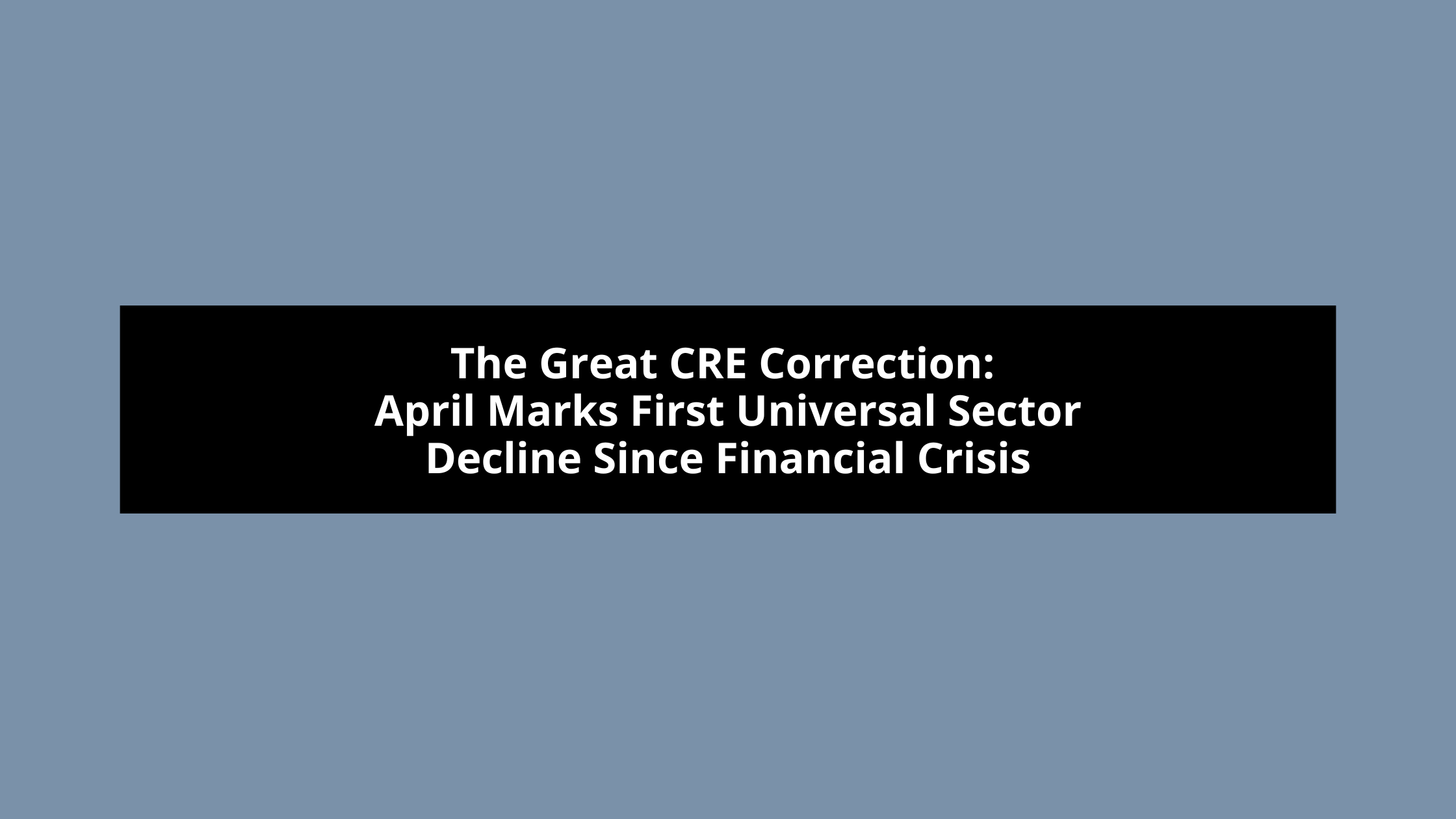A somber tone in commercial real estate (CRE) lingers amidst the gleaming skyscrapers and robust financial structures. The aftermath of the pandemic has left its mark, with a slower-than-anticipated return to office spaces leading to dwindling rent revenues for landlords. Yet, a more formidable threat looms large: Rising Default Risks in Commercial Real Estate. This includes the mounting pile of risky debt, set to mature this year and in the years ahead, triggering apprehension among investors and stakeholders alike.
The Debt Crisis in CRE
With $117 billion in CRE loans due for repayment this year alone, companies that lease properties to business tenants find themselves in a precarious position. There are continuous rising default concerns in Commercial Real Estate. The slow uptake in office occupancy, a residue of pandemic-induced remote work arrangements, exacerbates the issue, resulting in an oversupply of vacant spaces and a subsequent decline in rental prices. This downward spiral poses a significant challenge for loan repayments, with industry estimates suggesting that a substantial portion of these loans is already underwater.
The impact of this looming debt crisis is far-reaching:
- Underwater Loans: A significant portion of CRE loans are underwater, meaning the value of the properties has fallen below the loan amounts.
- Declining Rents: The decline in rental prices, even in premium buildings, reduces property owners’ revenue streams, making it challenging to meet debt obligations.
- Increased Default Risks: The combination of declining rents and underwater loans heightens the risk of defaults, which can have cascading effects throughout the financial system.
The Premium Building Paradox
The softening of rental prices in properties previously resilient to market fluctuations is even more concerning. Once sought after by blue-chip companies and high-net-worth individuals, premium buildings are now experiencing rent decreases and a slowdown in leasing activity. As reported by the Wall Street Journal, this trend underscores the broader challenges facing the CRE sector.
The Decline of Premium Rentals
Traditionally, premium buildings have been considered safe investments due to their appeal to high-end tenants. However, the pandemic has altered tenant preferences and needs:
- Remote Work Impact: Continued remote work arrangements reduce the demand for high-end office space.
- Market Saturation: An oversupply of premium office spaces leads to increased competition and decreased rental rates.
- Shifting Tenant Priorities: Tenants now prioritize flexible lease terms and cost-effective solutions over luxury amenities.
Proactive Measures and Their Costs
In response to these developments, some businesses, like New York Community Bancorp, are taking proactive measures to mitigate default risks. However, such actions come at a cost, as evidenced by the significant stock declines experienced by financial institutions like Aozora and Deutsche Bank.
Strategies for Mitigation
- Loan Restructuring: Financial institutions are renegotiating loan terms to provide temporary relief to borrowers and prevent defaults.
- Portfolio Diversification: Banks diversify their CRE portfolios to spread risk and reduce exposure to any market segment.
- Increased Reserves: Institutions set aside larger reserves to cover potential loan losses, impacting short-term profitability.
While these measures aim to stabilize the market, they also highlight the tension between immediate financial stability and long-term growth. The stock declines of institutions undertaking these measures reflect investor concerns about the viability and cost of these strategies.
The Broader Implications
While it may be tempting to attribute these challenges solely to the machinations of big finance, the implications extend far beyond Wall Street. According to JPMorgan Chase, smaller banks are particularly vulnerable, with CRE loans constituting a significant portion of their assets. Should defaults become widespread, the ripple effects could be felt in communities nationwide, potentially affecting individual depositors and borrowers.
The Vulnerability of Smaller Banks
- High Exposure: Smaller banks often have higher exposure to CRE loans as a percentage of their total assets.
- Limited Resources: These banks may need more financial resources to absorb large-scale defaults than their larger counterparts.
- Community Impact: Defaults in CRE loans can lead to reduced lending capacity, impacting local businesses and individual borrowers.
Collaborative Efforts for Resilience
As the CRE landscape navigates these uncertain waters, stakeholders must remain vigilant and proactive in managing risks. Collaborative efforts between lenders, landlords, and tenants are essential to weathering the current storm and ensuring the resilience of the commercial real estate market in the years ahead.
Key Strategies for Stakeholders
- Open Communication: Regular communication between lenders, landlords, and tenants can help identify potential issues early and develop mutually beneficial solutions.
- Flexible Leasing Arrangements: Landlords can offer flexible lease terms and incentives to retain tenants and maintain occupancy rates.
- Risk Management Practices: Lenders can implement robust risk management practices to monitor and mitigate potential defaults.
The Role of Due Diligence
In this environment, due diligence is more critical than ever. Thorough due diligence can help stakeholders identify potential risks and opportunities, allowing them to make informed decisions. This involves:
- Comprehensive Market Analysis: Understanding market trends and the specific factors affecting property values and rental rates.
- Financial Assessment: Evaluating the financial health of tenants and borrowers to anticipate potential issues.
- Legal Review: Ensuring all legal aspects of transactions are meticulously reviewed to prevent future disputes.
Navigating a Complex Landscape
The challenges facing the commercial real estate sector amidst rising default concerns are multifaceted and complex. The combination of pandemic-induced changes, significant debt maturities, and shifting market dynamics creates a precarious environment for stakeholders. However, by taking proactive measures and fostering collaboration, it is possible to navigate these challenges and emerge stronger.
At MylesTitle, we understand the intricacies of the commercial real estate market and are committed to helping our clients manage risks and seize opportunities. Our experienced attorneys and professionals are here to provide the guidance and support needed to navigate these turbulent times.
For expert advice and assistance in commercial real estate transactions, contact us at Myles L. Lichtenberg, Esq. at Myles@MylesTitle.com. Together, we can chart a course toward stability and success in the ever-evolving commercial real estate landscape.


